Huawei's next foldable could be released in the second half of 2020
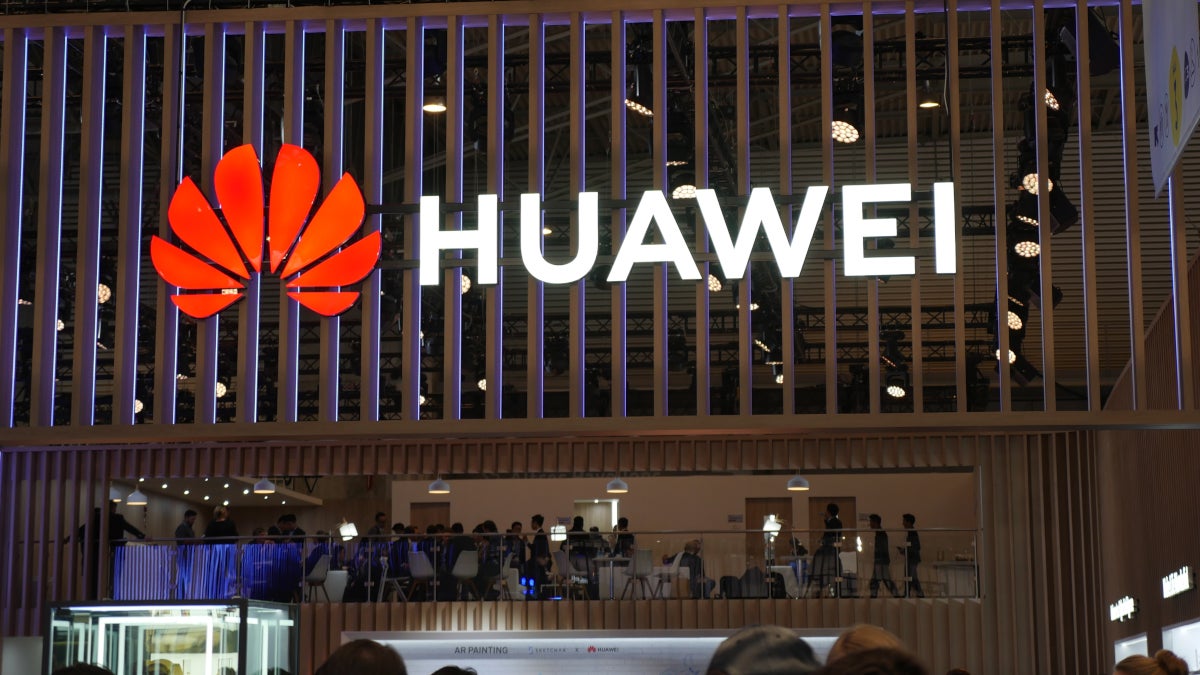
The Huawei Mate X, the beleaguered manufacturer's first foldable phone, was finally released in November. Unlike the Samsung Galaxy Fold, the Mate X closes outward with a large AMOLED screen available to use on both sides of the device. The front cover measures 6.6-inches with a resolution of 1148 x 2480 and the back cover weighs in at 6.4-inches with a resolution of 892 x 2480 pixels. When both sides are fully open, the panels create an 8-inch tablet-sized screen with a nearly square 2200 x 2480 resolution.
The Mate X is priced at the equivalent of $2,429 at current exchange rates compared to the $1,980 it costs for the Galaxy Fold. Not that any consumer outside of China can purchase one. A global rollout of the foldable would be hampered anyway by the use of an open-source version of Android. Because Huawei remains banned from its U.S. supply chain, it cannot license the Google Play services version of the Android operating system. That means that the Mate X cannot use Google's core apps such as Search, Maps, Gmail, Drive and more. In China, this doesn't mean anything because most of Google's apps are banned in the country.
The Huawei Mate X 2 might be powered by the 5nm Kirin 1020
On February 18th, Samsung is expected to unveil the sequel to the Galaxy Fold. The Galaxy Fold 2 will resemble the Motorola razr as it will open and close around a horizontal axis. Unlike the first foldables from Samsung and Huawei, both of which are designed to turn a smartphone into a tablet, the Galaxy Fold 2 will copy the razr's clamshell form factor and open from a pocketable device to become a smartphone. While the razr becomes a 6.2-inch display with a tall and thin 21:9 aspect ratio, the Galaxy Fold 2 will reportedly open to reveal a 6.7-inch display. And recently we passed along the rumor that Sammy's next foldable will be the first to employ a real glass screen.
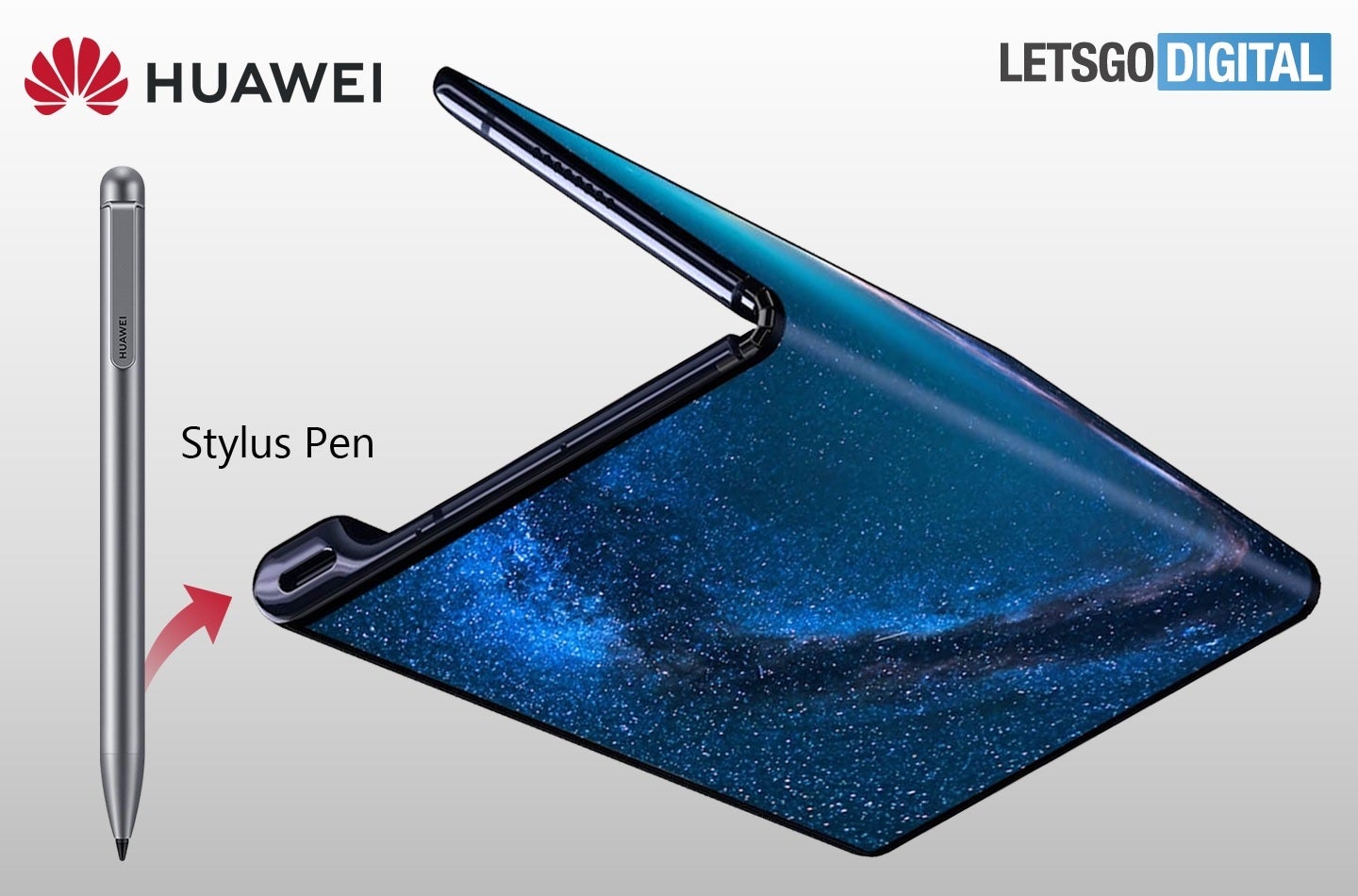
Based on the illustrations accompanying a patent application, the Huawei Mate X 2 could look like this
Samsung isn't the only manufacturer planning on creating a sequel to its first foldable phone. According to a report in Digitimes citing Taiwan's supply chain, Huawei is planning a Mate X 2. The report notes that some of Huawei's hinge and panel suppliers have started trial production of some components while hinge suppliers in Taiwan have started expanding their capacities.
The report adds that because of the complex parts needed to produce foldable handsets, including hinges and flexible panels, it might not be until the second half of next year before the suppliers will be able to ship their parts. Thus, the Huawei Mate X 2 will most likely not see the light of day until the second half of 2020. By then, the manufacturer's foldable sequel will probably be powered by Huawei's next flagship chip, expected to be the Kirin 1020. The Applications Processor, designed by Huawei's HiSilicon unit, will be manufactured by TSMC using its next-generation 5nm process.
The smaller the process number, the higher the number of transistors that can be packed inside a chip. The more transistors inside a chip, the more powerful and energy-efficient it is. Huawei's current flagship SoC, the Kirin 990, rolls off TSMC's assembly line using the foundry's 7nm process and will powers the upcoming Mate Xs. The 5G version of the chip contains 10.3 billion transistors, but at 5nm the Kirin 1020 chipset can shoehorn as many as 171.3 million transistors per square millimeter. What this means is that all things being equal, the Mate X 2 will outperform the original model and offer improved battery life.
While the Galaxy Fold 2 brings a huge change in form factor from the Galaxy Fold, a patent application filed with the USPTO earlier this year shows the Mate X 2 in an illustration accompanying the filing. The sketches show a similar form factor to the Mate X with a thinner camera module and a stylus that is housed inside the device like the S Pen is with the Galaxy Note series.
Follow us on Google News



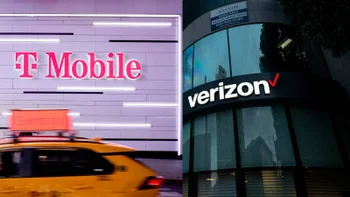
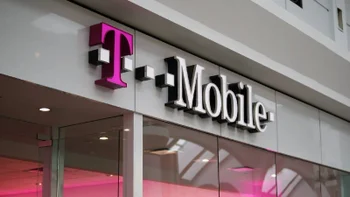

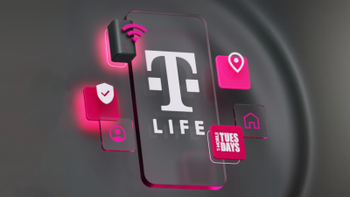

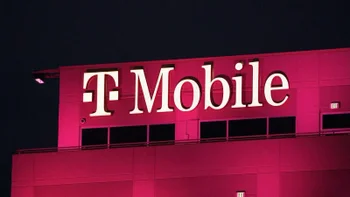

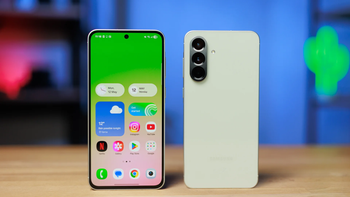
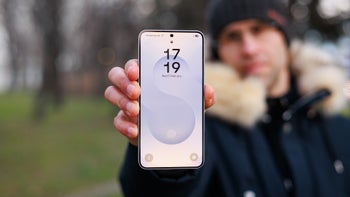

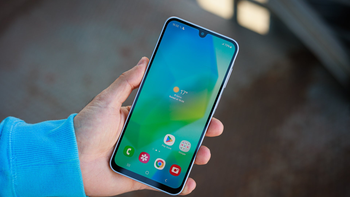
Things that are NOT allowed:
To help keep our community safe and free from spam, we apply temporary limits to newly created accounts: